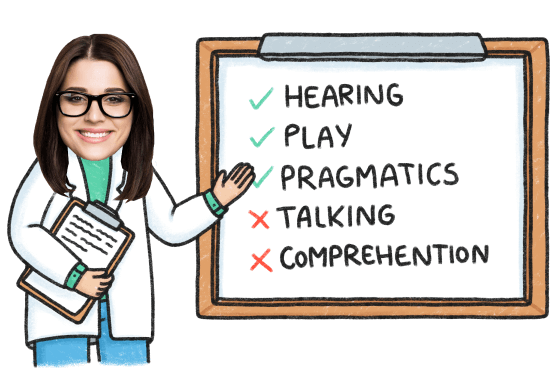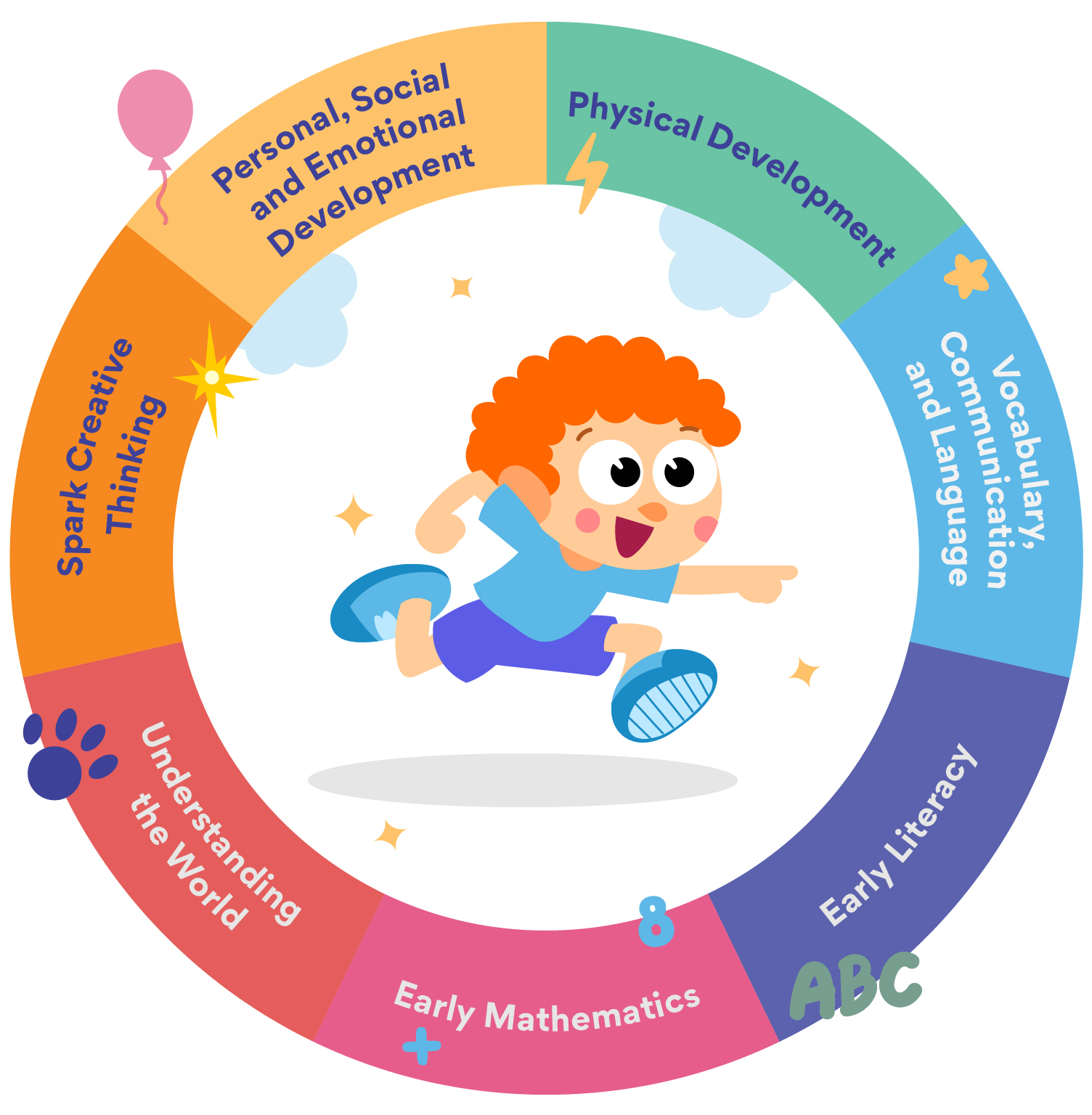8 Weeks of School Closure: Tips for Learning at Home
Jan 17, 2022 Eight weeks at home? While I’m working? With my child hanging on my leg? AAagh! I love my child, but I don’t have eight weeks of activities to plan! Help! Don't panic, we have you covered!
Kids’ games for learning language can be made up with things that you already have at home. If you want to make a start without breaking the bank, apps such as Speech Blubs are a simple and cost effective place to start even when you are faced with a sudden school closure.
When you download the app in our free trial, just fill out the SLP-approved screener. Wait five minutes and you’ll get personalized feedback about your child, AND check out the specific TIPS & TRICKS for ways to improve your child’s deficits.
Here are a bunch of fun ideas for playing with your toddler! Our app is based around the concept of providing fun activities and games that target specific responses and physical movements.
As a teacher, my fifth graders have to be interested or nothing will sink in. Having fun unlocks the comprehension and retention centers of kids’ brains. Play is also important because kids have to spontaneously respond and learn what normal responses kids use. This “on-the-fly” approach is essential for building confidence, as well.
Teach the Names of the Colors
Teaching and learning colors can be connected to so many things, especially in nature. Using forms like, “What color is that frog?” or “The sky is the same color as your eyes, now what color is that? I can’t remember. Something that starts with “buh” I think.” This also gives you an excuse to be outside. Just don’t let them know you’re going to do it. Let it just happen. Here’s a blog that goes into more detail:
Recommended article
Games for Learning Colors – 5 Fun Kids Activities
Learn Counting to 10
Like colors, there are so many ways to learn to count, and to connect them with things in nature. “How many wings does that birdie have?” or “How many legs does this spider have? Let’s count.” It should be interesting, and not just memorization. The “I don’t remember” game is great, because kids love to correct you. Here is another blog that discusses learning to count:
Recommended article
When Do Kids Start Counting to 10?
Language Boosting Activities you can do Indoors
One of my favorite activities for teaching body parts is playing “Simon Says.” First, pick the 6 body parts little guys are most likely to know. Model saying each part. Give time for plenty of practice, and then only tell them “I have to say “Simon Says” first.” “If I don’t say it, don’t move. Let’s practice.” This is just one activity that can be done indoors with 3-5 year olds that is fun, and can played over and over. Here’s another blog that explores more indoor activities:
Recommended article
6 March Indoor Activities for Kids to Boost Language
Reading time: Books, Books, Books
Reading is so important for all phases of children learning to speak, read, and eventually write. When reading to a child the reader must engage the imaginations of the listeners by asking questions like “What word comes next?” or “What word rhymes with this?”
You can also use voices to express emotions, curiosity, etc. Here as well, act like you’re curious about something that you don’t know the answer to, and ask the listener(s) what he/she thinks. They will learn proper question forms, proper pronunciation, as well as new vocabulary. Reading is crucial in a little whipper’s development. Here’s a blog that talks about using books as fun activities. Enjoy!
Recommended article
Toddler Games, Books and Apps for Speech Development
Use Everyday Objects to Expand Vocabulary
Do you like teddy bears and balloons? You can do a bunch with them! These are just a couple of everyday things you have at home to use to teach vocabulary. Use scissors to teach “sharp” or “pointy” or “cut.” Use a chair to teach “sit” or “stand” or even “comfy cozy.” You don’t have to buy things to teach your child. Check out these crafty blogs that talk about utilizing stuff in your house to teach words. They’re a blast!
Recommended article
25 Kids Games with a Teddy Bear to Develop Language
Recommended article
25 Language-boosting Toddler Games with a Balloon
Smart Screen Time with Speech Blubs
Parents, teachers, and speech therapists argue whether little kids should be given screens. The American Academy of Pediatrics’ recommendations are evolving in real time. They started a few years ago saying the little kids shouldn’t be introduced to screens at all.
The most recent set of guidelines state that screens can be used in moderation with engaged parents or siblings to learn all kinds of things. We have received so much feedback from satisfied parents whose kids are speaking for themselves and learning new words, then sentences, and then phrases! We know it works! Don’t forget about Speech Blubs!
Boost Your Child’s Speech Development!
Improve language & communication skills with fun learning!


